Seconds to Minutes Conversion – Steps, Examples
reviewed by Jo-ann Caballes
Updated on October 7, 2024
Here at Brighterly, we make learning math fun, easy and accessible.
Today, we’re delving into the concept of time – specifically, converting seconds to minutes.
We encounter time in every aspect of our life, and minutes and seconds are two of the most essential units of time to us.
Here, we’ll cover how seconds and minutes differ and how you can convert from seconds to minutes. We’ll also share solved math problems and worksheets so you can put your new-found knowledge to the test!
Seconds to minutes conversion: introduction
Seconds and minutes are two fundamental units of time. There are many units that can help us understand and manage time, including milliseconds, hours, days and years.
Minutes and seconds are two of the most common units, so it’s important to understand how to count and convert them. Chances are, many of the tasks and hobbies you do on a day-to-day basis are measured in seconds or minutes!
Seconds to minutes and hours: different units of time
Hours, minutes and seconds are different, but related, units we use to measure time. While seconds aren’t the smallest measurement of time, they are one of the most common and universal. We might use seconds to count how long we can hold our breath, count down when we’re playing hide and seek and many other different activities.
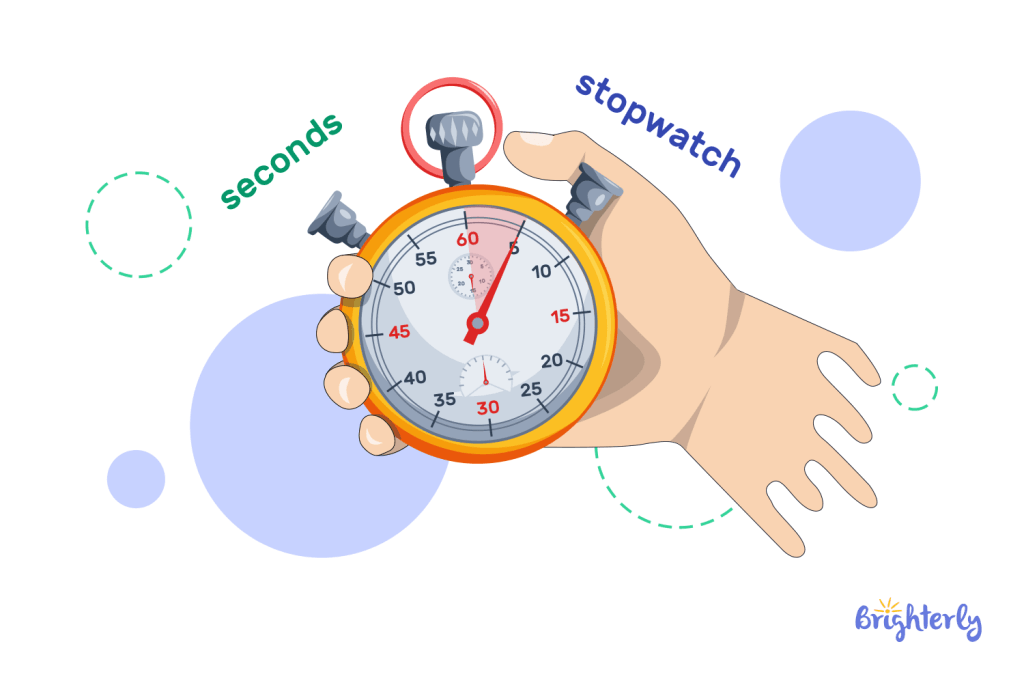
Minutes, meanwhile, are longer units of time – but they are comprised of seconds. One minute is 60 seconds in length, so now you can start to see how seconds and minutes are intertwined. A lot of activities and events are measured in minutes – for example, recess at school, a TV sitcom or an online math class.
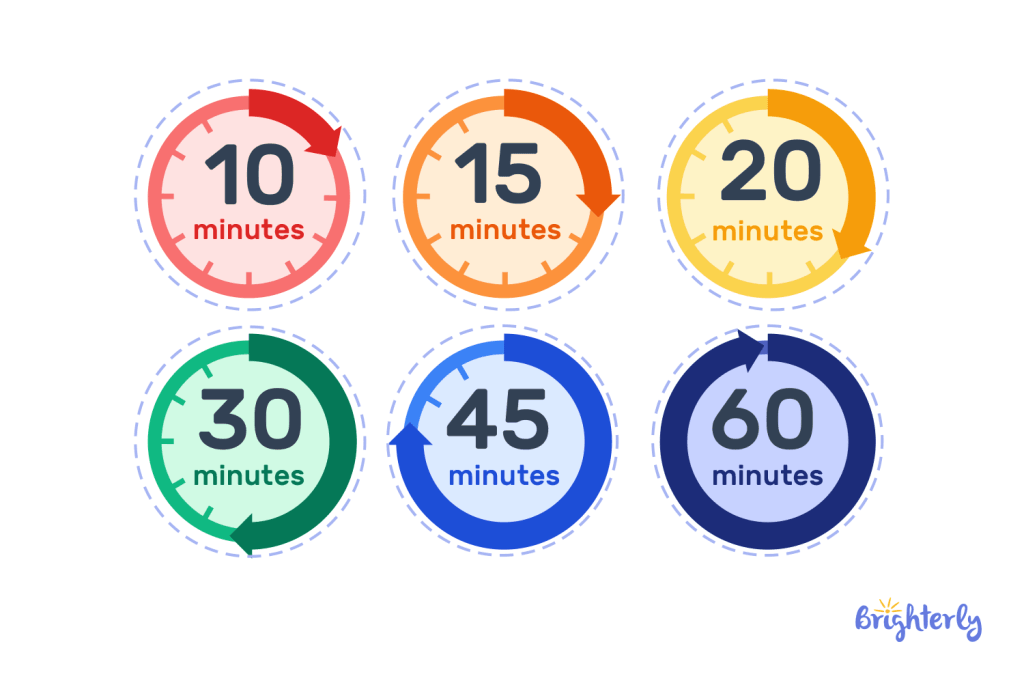
Hours, are another longer measurement of time. There are 60 minutes in an hour, similar to how many seconds are in a minute, and there are 3,600 seconds in an hour. It’s the next largest standard unit of time after minutes.
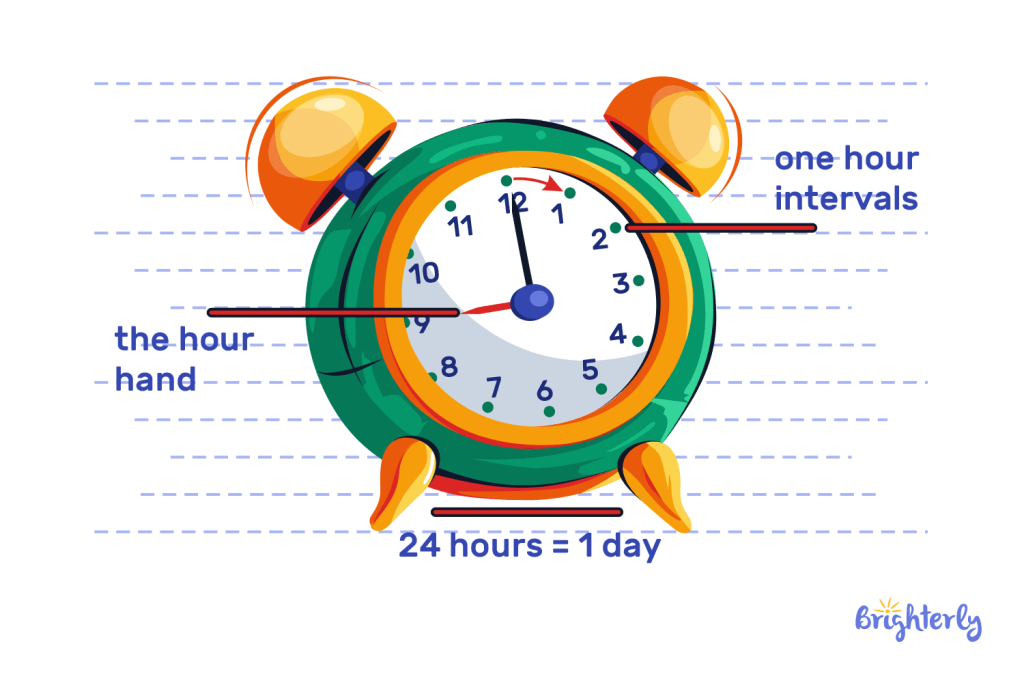
One of the best things about hours, minutes and seconds – and related measurements of time such as milliseconds and days – is that they’re all universal. These units are used globally to measure the passage of time. So if you were to visit France, for example, you would measure time in the same way.
How long is 60 seconds?
60 seconds is equal to one minute. This is how you know that seconds and minutes are related – because that’s how many seconds are in a minute.
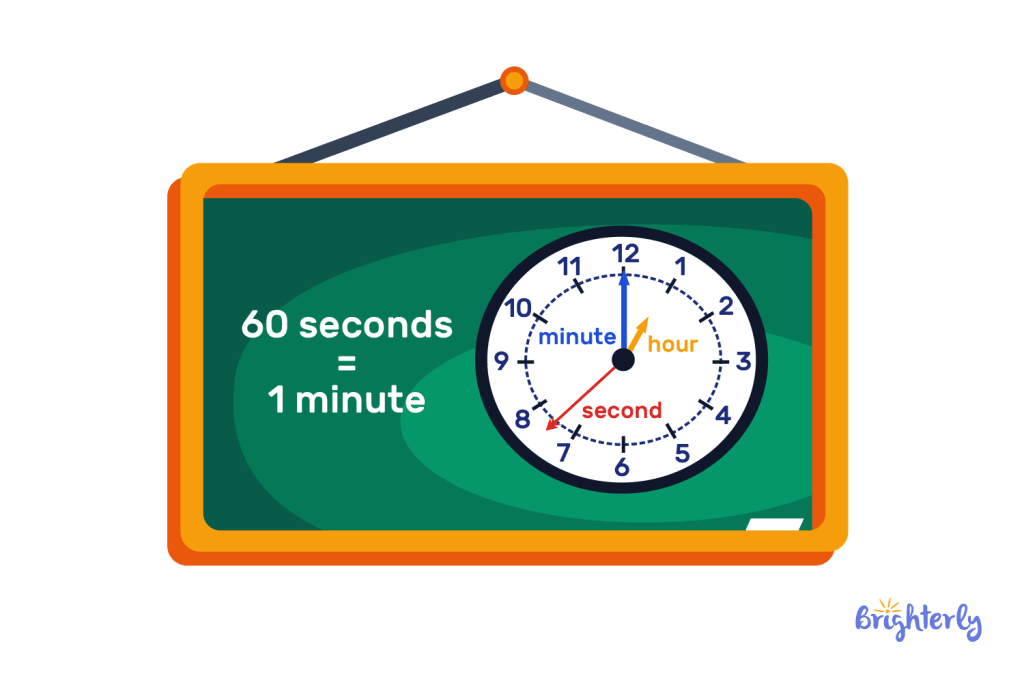
How to calculate minutes
There are many different ways to calculate minutes depending on what you’re starting with. If you’re starting with seconds, divide your number of seconds by 60, because that’s how many seconds make up a minute.
If you’re starting with hours, for example, you’d need to multiply your number by 60 to get the number of minutes. If, for example, you have 1.5 hours, you would multiply that by 60 to get your answer.
1.5 x 60 = 90 minutes
Hour: 14000 minutes in hours
Let’s take a larger example. If we have 14000 minutes, how many hours is that?
To work this out, you need to divide your number of minutes by 60 – the opposite to the sum you’d use if you started with the hour figure.
14000 ÷ 60 = 233.3˙ (recurring)
This means that 14000 minutes in hours is 233.3˙ hours.
Seconds to minutes formula
There’s a very simple formula you use to convert seconds to minutes:
S ÷ 60 = M
Let’s use the example of 450 seconds in minutes.
450 ÷ 60 = 7.5
That means 450 seconds in minutes is 7.5 minutes, or 7 minutes 30 seconds.
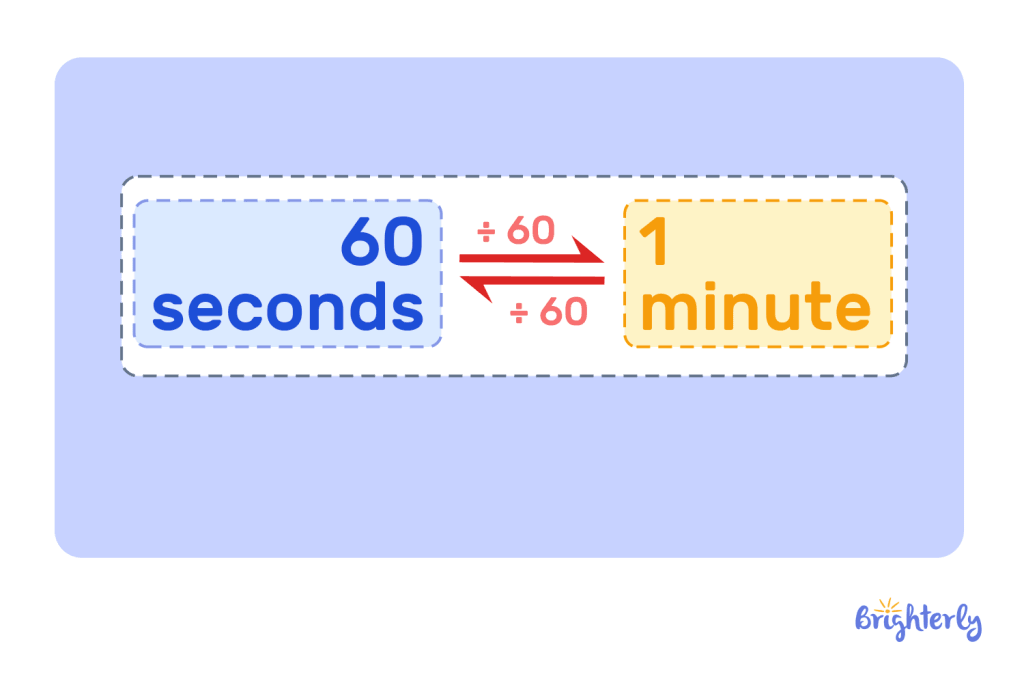
How to convert seconds to minutes
Here’s a more detailed, step-by-step guide to convert seconds to minutes:
- Find your number of seconds.
- Because there are 60 seconds in a minute, you need to divide that number by 60. Use a calculator if you need to!
- Your final result will be the number of minutes your seconds are equivalent to!
You can also do this in reverse. To calculate how many seconds are in 5 minutes, multiply 5 by 60. That means 5 min in seconds is 300 seconds.
Seconds to minutes conversion
Converting seconds to minutes involves using the formula and the steps above.
Let’s put them into practice. Say we have 360 seconds.
360 ÷ 60 = 6
360 seconds is 6 minutes.
Seconds to minutes conversion chart
Here’s a handy seconds to minutes conversion chart for 1-10 minutes.
| Seconds | Minutes |
| 60 | 1 |
| 120 | 2 |
| 180 | 3 |
| 240 | 4 |
| 300 | 5 |
| 360 | 6 |
| 420 | 7 |
| 480 | 8 |
| 540 | 9 |
| 600 | 10 |
Solved math tasks: examples
Now that you’ve learnt how to convert seconds to minutes, and how they are related to one another, put yourself to the test with these math tasks below – then check the answers to see if you’re correct!
Solved math task 1
You have 20 seconds on your clock. How many more seconds make up a minute.
Answer:
| 40 seconds. |
Because there are 60 seconds in a minute, just take 20 away from 60 to get your answer. 60 – 20 = 40.
Solved math task 2
Convert 14000 seconds to minutes.
Answer:
| 233.3˙ minutes. |
To calculate this, you divide 14000 by 60.
14000 ÷ 60 = 233.3˙
Solved math task 3
How many seconds in 30 minutes?
Answer:
| 1800. |
To calculate this, do the opposite of converting seconds to minutes. Instead of dividing your number by 60, you multiply it by 60.
30 x 60 = 1800.
Seconds to minutes conversion: practice math problems
Seconds to minutes conversion: worksheets
Ready to test out your knowledge on telling time and converting seconds to minutes? Check out our free math worksheets below:
- Telling time worksheets
- Telling time to the minute worksheets
- Telling time kindergarten worksheets
- Telling time grade 1 worksheets







